I was in the passenger seat of a delivery truck with panel decals that read “KOKS”, driving out to a fjord on the Faroe Islands. It was raining intermittently as we drove past replenished waterfalls, weaving through the enveloping landscape. In the driver’s seat was 25-year old Poul Andrias Ziska, executive chef of KOKS, the Nordic Prize-winning restaurant. “It feels right to use what’s available to you,” he said to me casually. We were on our way to fish out fresh ingredients for the evening’s dinner service.
Located at Hotel Foroyar overlooking Tórshavn, the same town Ziska was born and raised in, the 5-year old restaurant is a gleaming portrait of traditional Faroese cuisine reimagined into a contemporary mold. As Ziska outlines, “The concept was to focus on what’s outside our window.” And exactly that is being done, with local ingredients and traditional products of the islands such as fermented fish, sheep and plenty of root vegetables taking center stage.
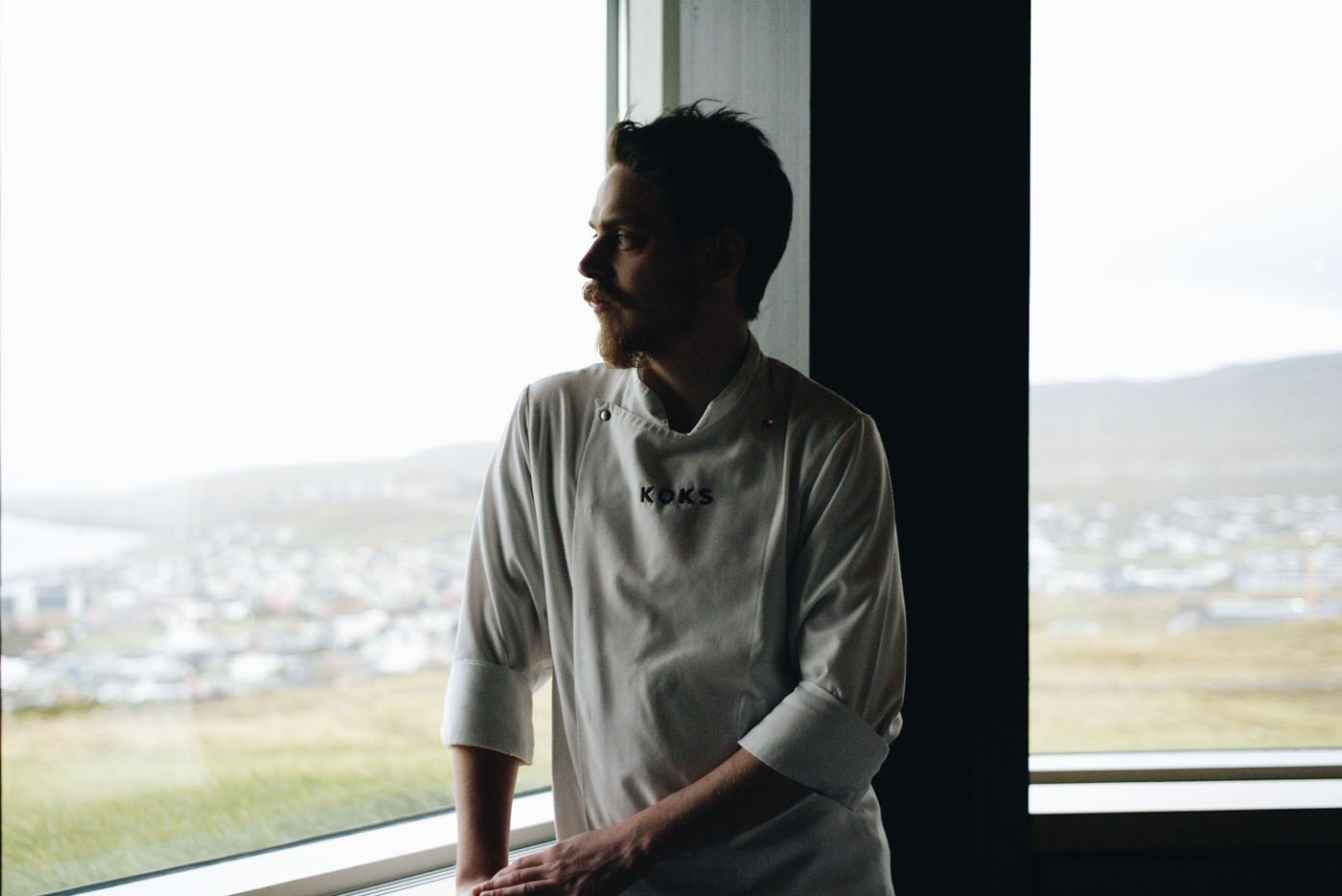
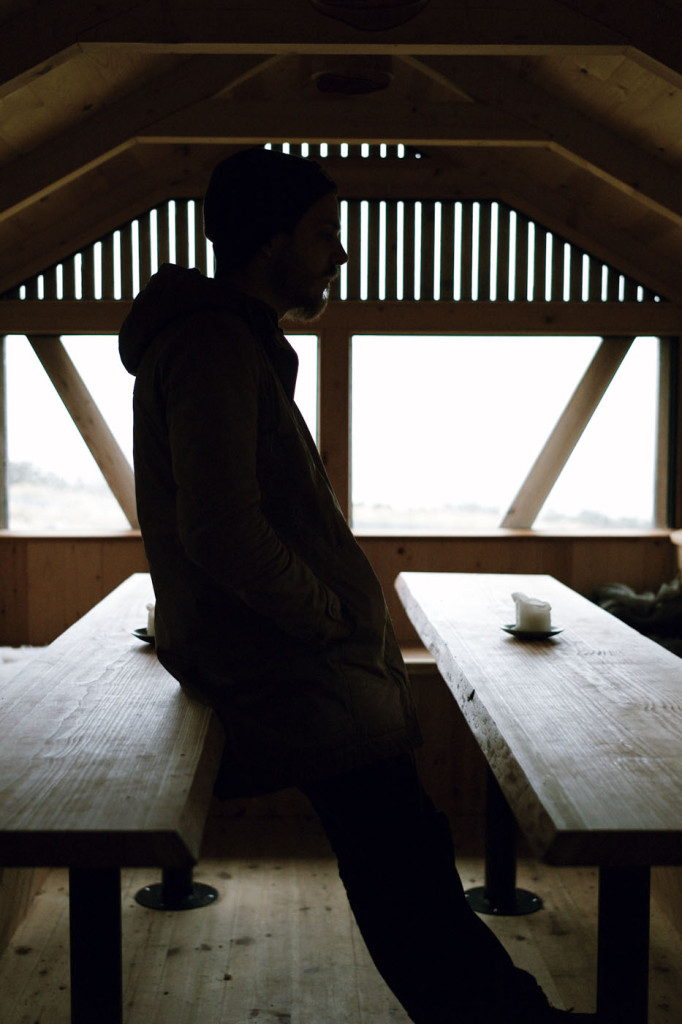
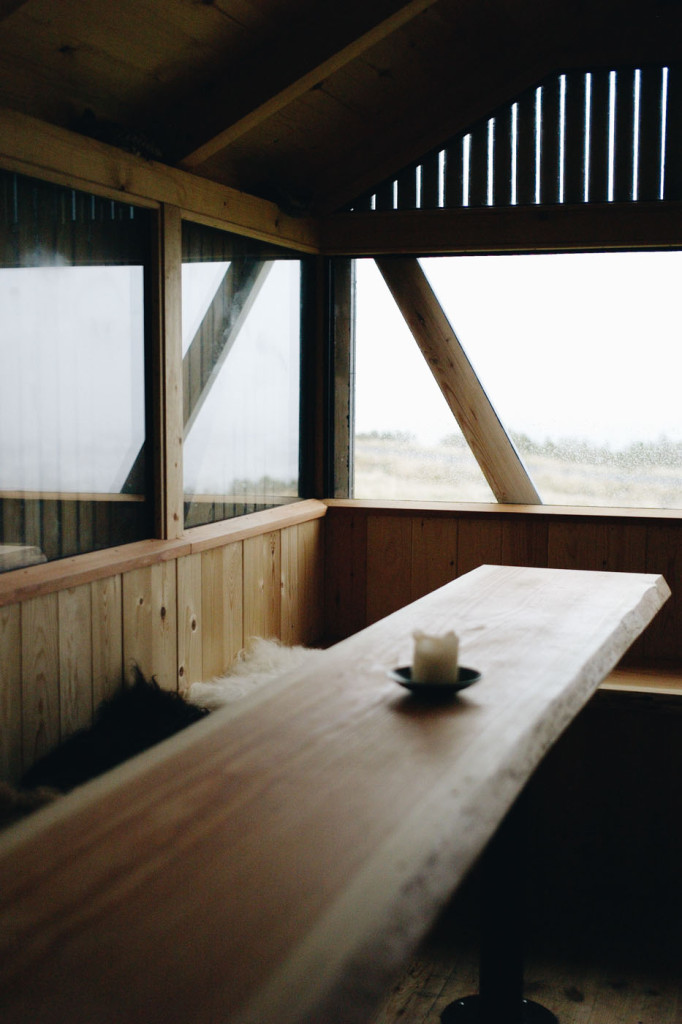
It was all easier said than done though, on the tiny archipelago sitting in the North Atlantic between Iceland and Norway. “We wanted to work with all of these things,” Ziska began to tell. “But it was extremely difficult in the beginning because there were no restaurants here trying to do the same.” Harking back to an introductory economics class in my first year of university; no demand within a market means no need for a supply. So when Ziska couldn’t find anyone to provide the restaurant with what he wanted, he went out and sought it himself. “I use a lot of my time sourcing ingredients. It’s very fascinating to find different herbs and things that you’ve been told aren’t possible [to find] or haven’t ever heard of before.”
Arriving at the fjord, the rain kicked up again. With a low center of gravity, I braced against the wind. Walking out onto the jetty where diver scallops and fresh sea urchins were being kept, the pair of us were nearly knocked into the water. Back at the truck, the rain had subsided. Parked at the side of the road, Ziska pulled out a spiny urchin and a small paring knife. Scissoring into it, he rushed back to the water to clean it out. He handed me a teaspoon and an open shell, and I tasted the freshest of uni. Before the crisp briny taste dissipated from my palate, Ziksa was shucking a queen scallop. At this point I’d slipped into a spell of food euphoria.
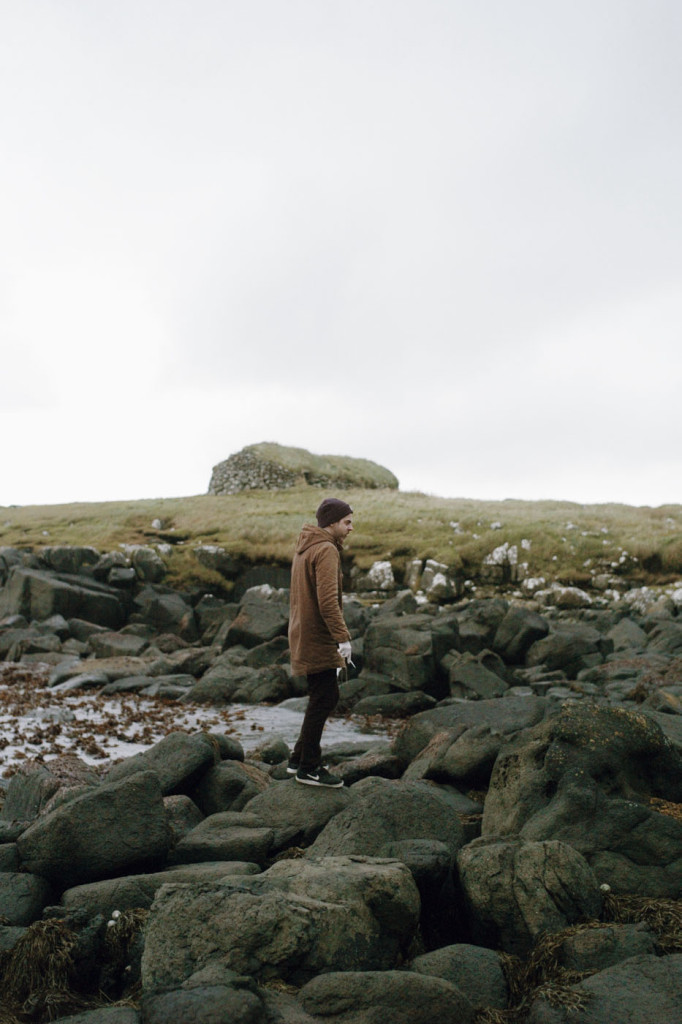
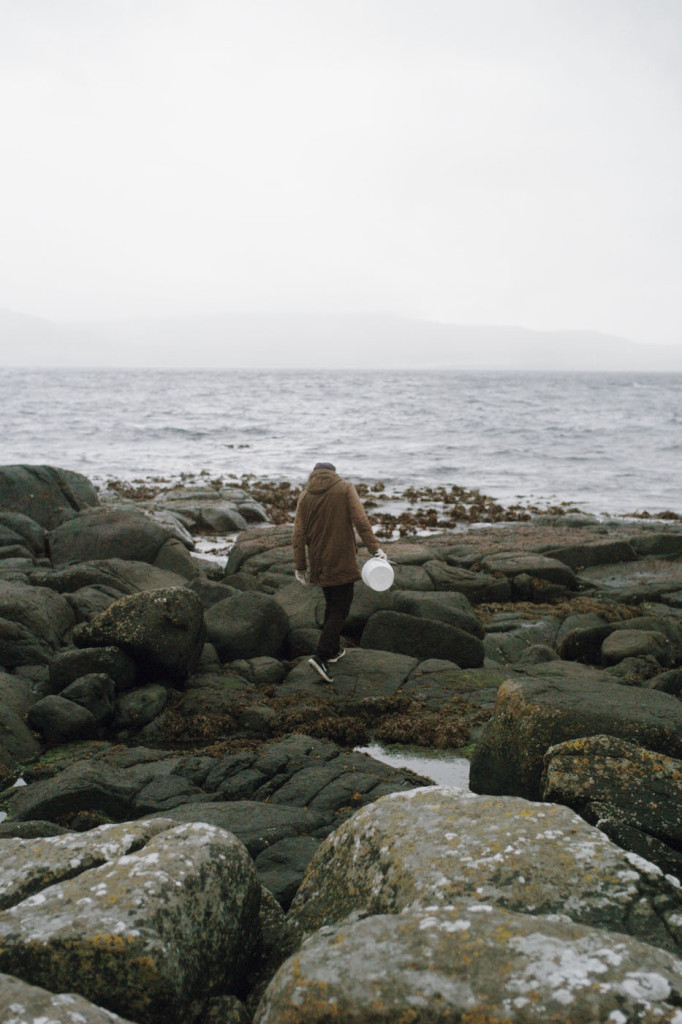
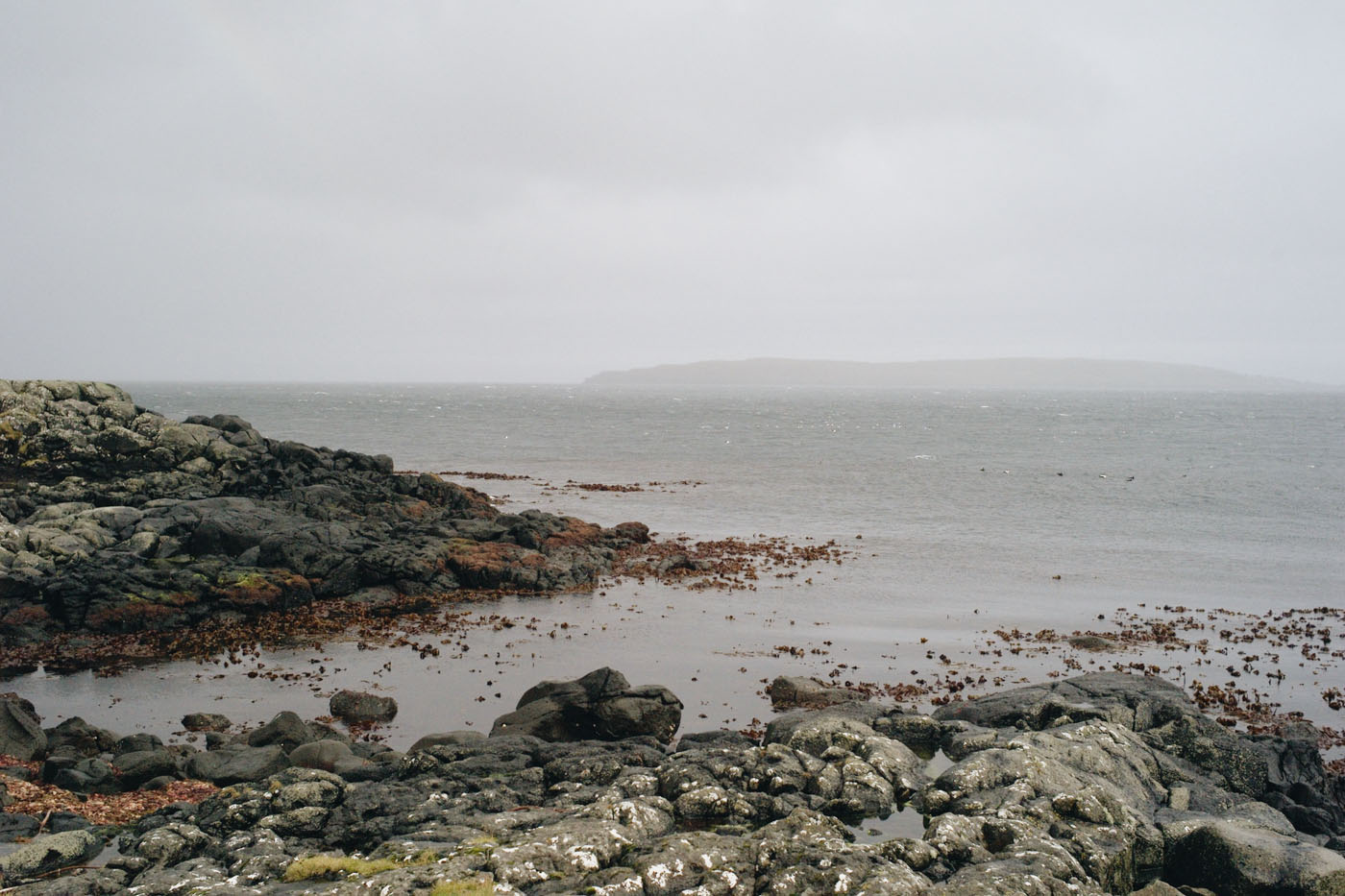
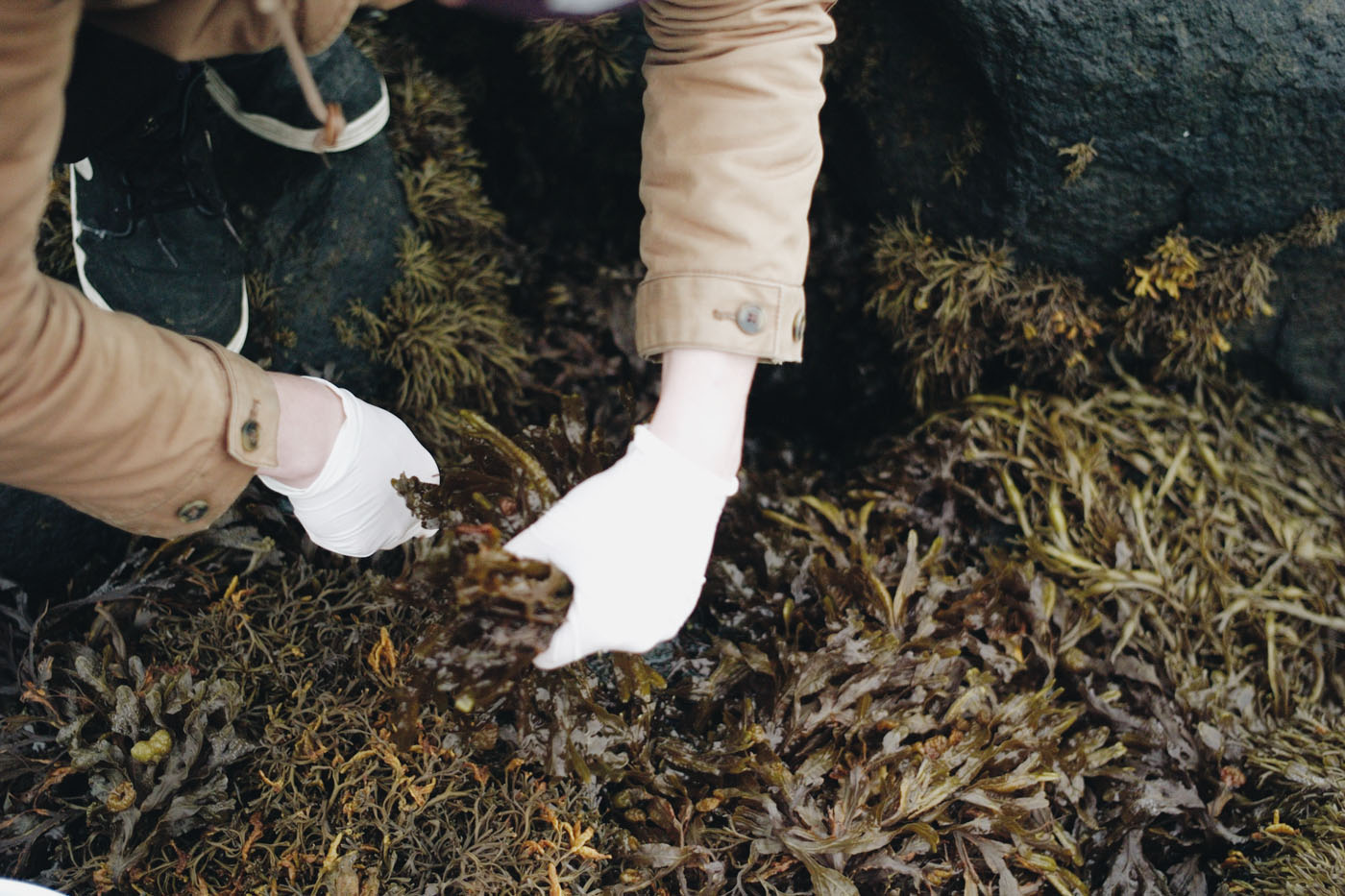
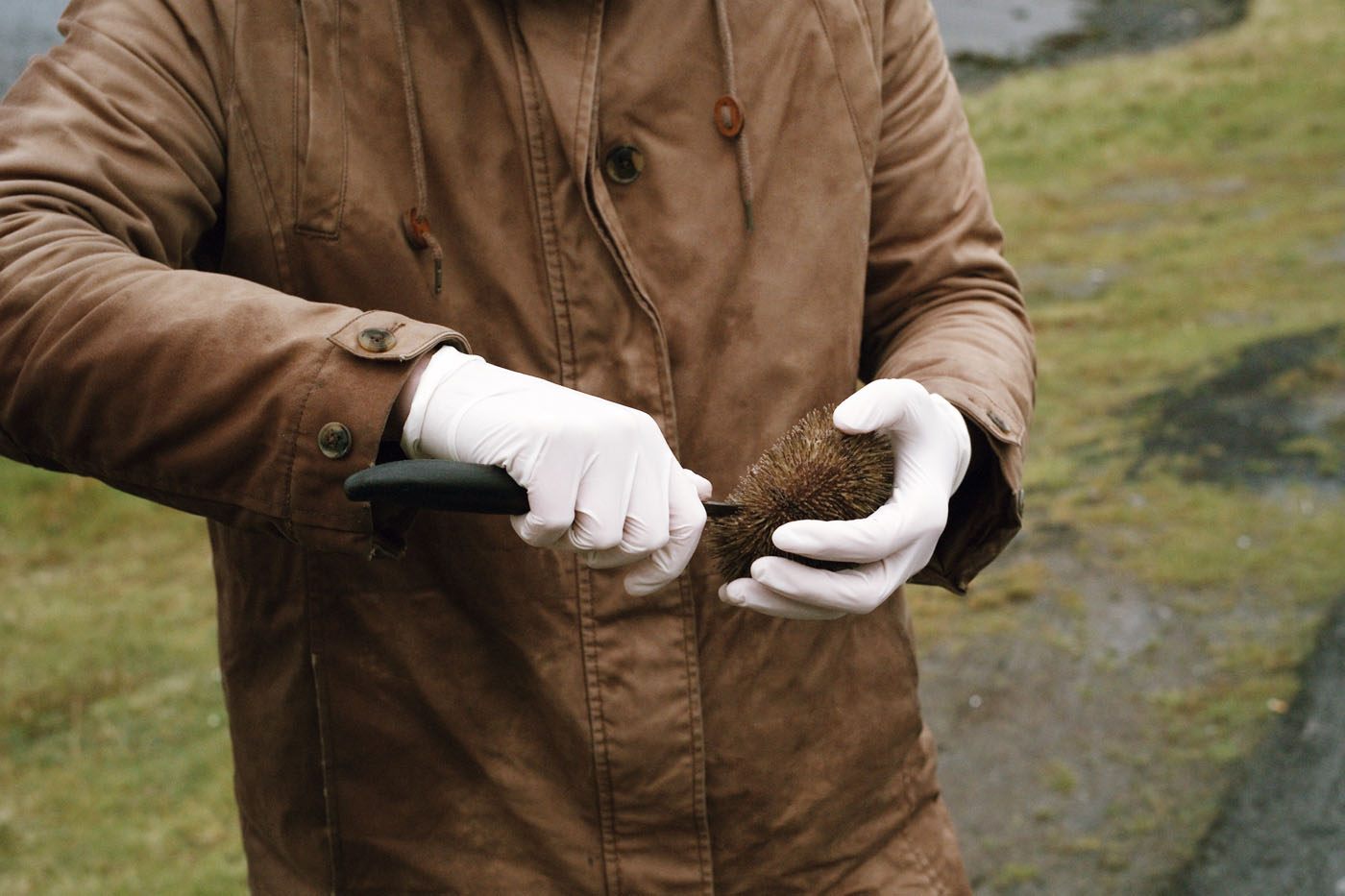
Jumping back into the truck, dripping from the brow and warming hands at the dash, we were off to the next stop. Near the southernmost corner of Streymoy island, we pulled up to Kirkjubøur where a smattering of wooden houses with sodded rooftops surrounded a small white stone church from the Middle Ages. Here, springing over wet stone, Ziska—bucket and shears in hand—began searching for seaweed. Though it’s not an uncommon feature in the dining scene, but the restaurant utilizes this algae beyond its typical nori application. “We found that it tastes and smells exactly like black truffles, just by coincidence,” he said. It’s also used as a stabilizer in sauces, like one in the lamb entrée.
“Foraging is a challenge, always,” Ziska admitted, his coat dampened in patches by the day’s temperamental weather. “You have to figure out for yourself what’s growing and how to get it.” When asked about concerns around the practice, Ziska asserts that accidental poisoning is not one of them for an educated forager. “You always research and do your homework beforehand,” he said with a smirk. “It’s been challenging at times but very interesting. The general curiosity of food keeps you moving forward.”
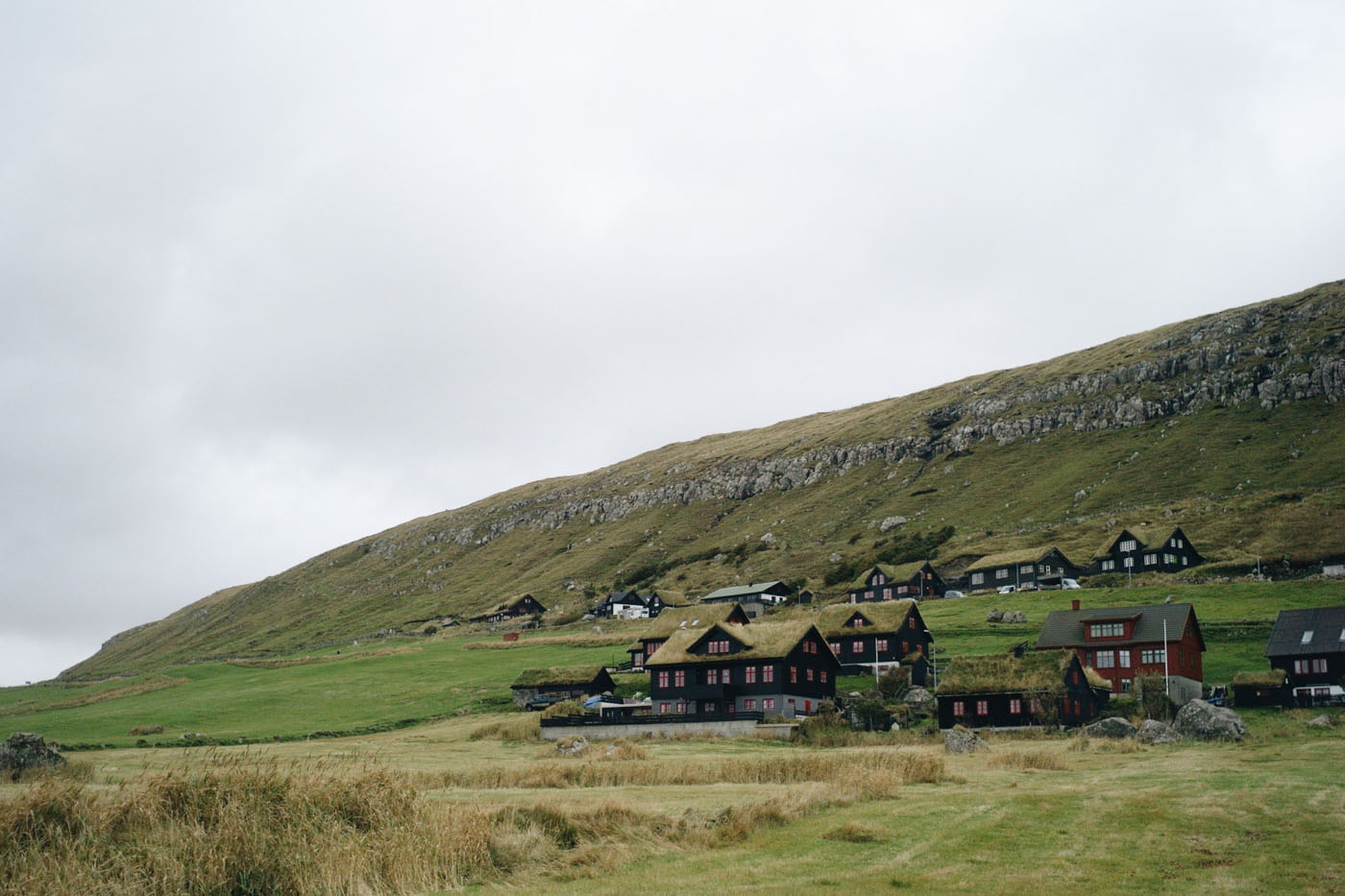
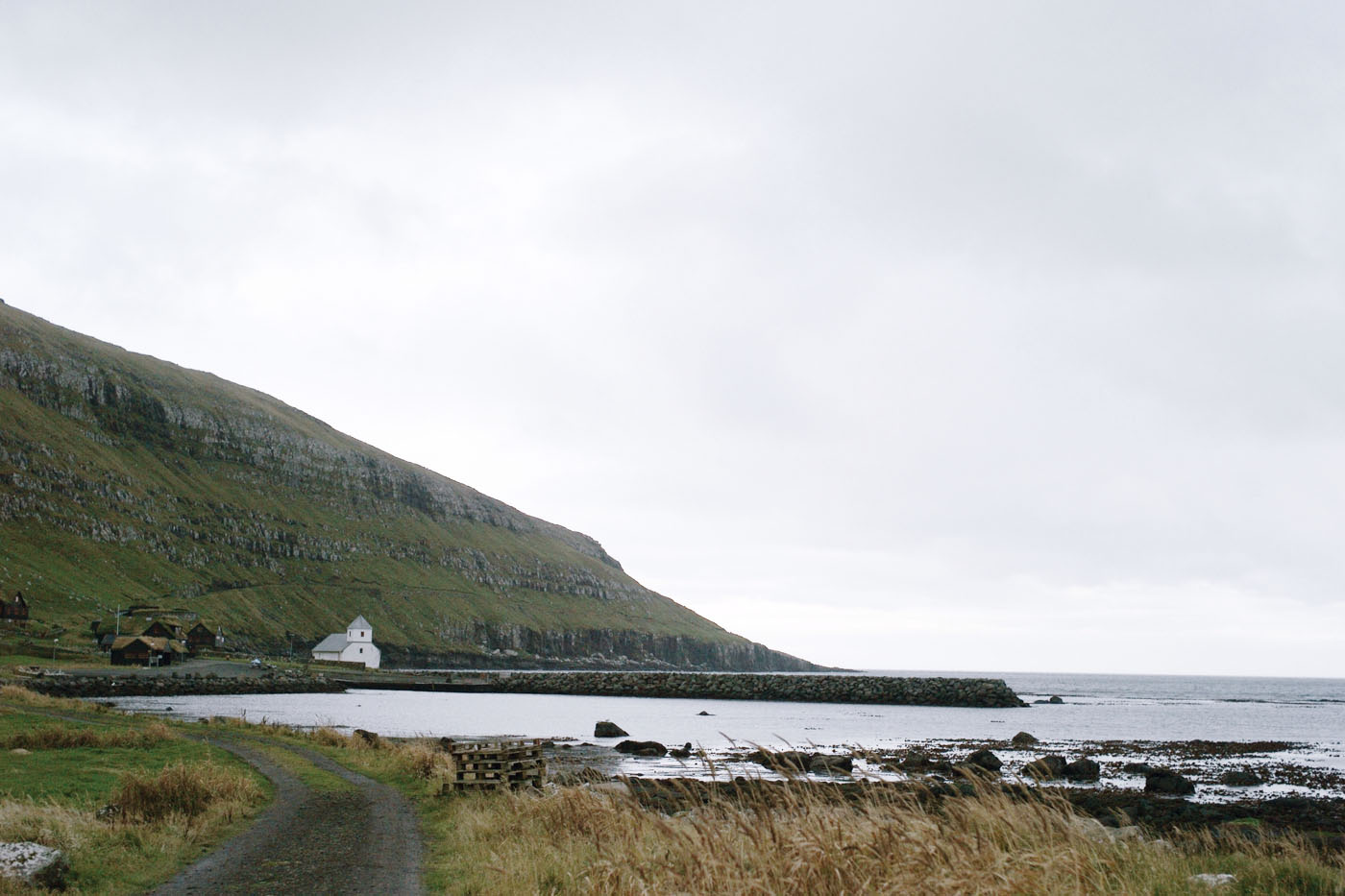
During that night’s 20-course set menu, having experienced just some of what goes into procuring what the restaurant needs to prepare their meal, it’s easy to view it with a different kind of appreciation. Not that it’s necessary. From the horse mussel and skerpikjøtu (wind-dried mutton) appetizers to the langoustine and cod tartare with verdant herb entrées, the food Ziska and his boisterous team are preparing appears unassuming until it hits you with an intensity matched only by the islands’ vistas. “New flavors, new techniques––everything. It’s right outside the door,” the young chef says earnestly. “You just have to look in the right places––and try some crazy things.”
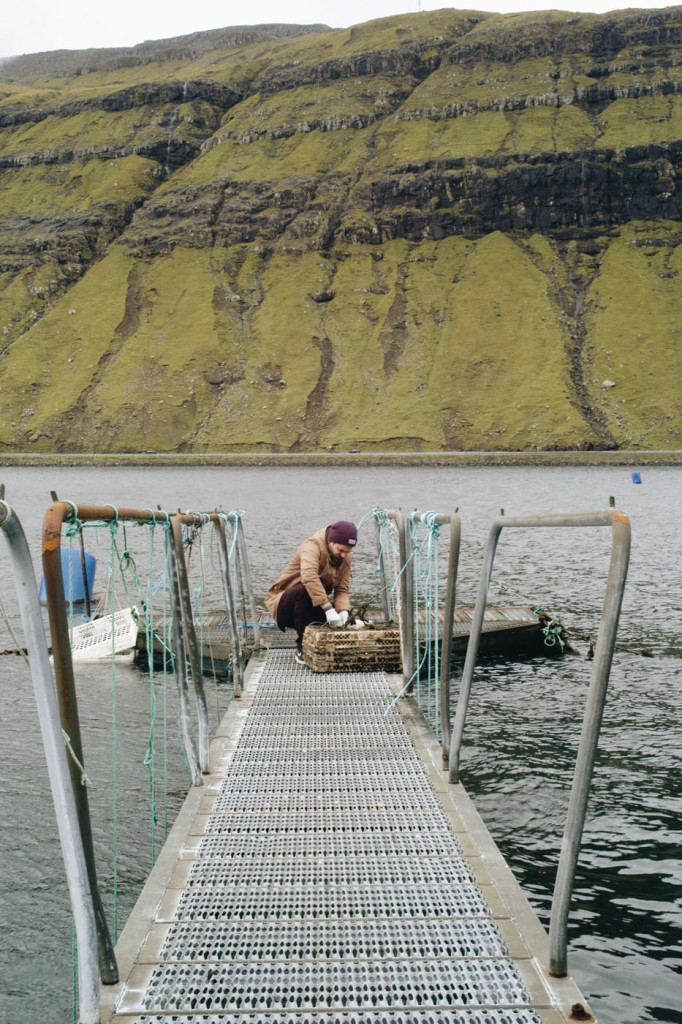
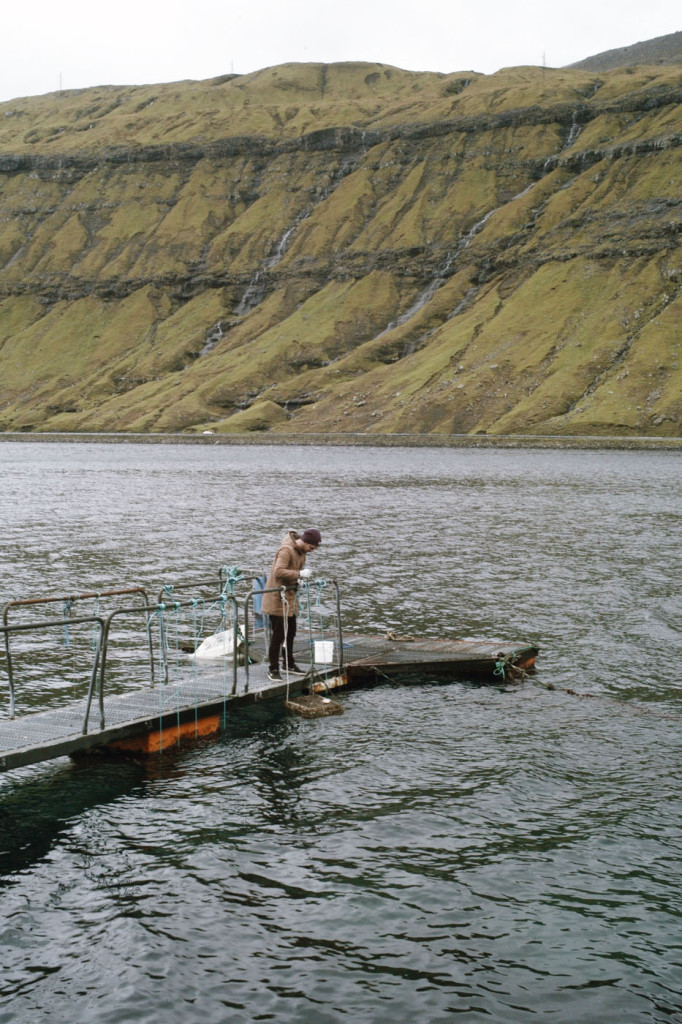
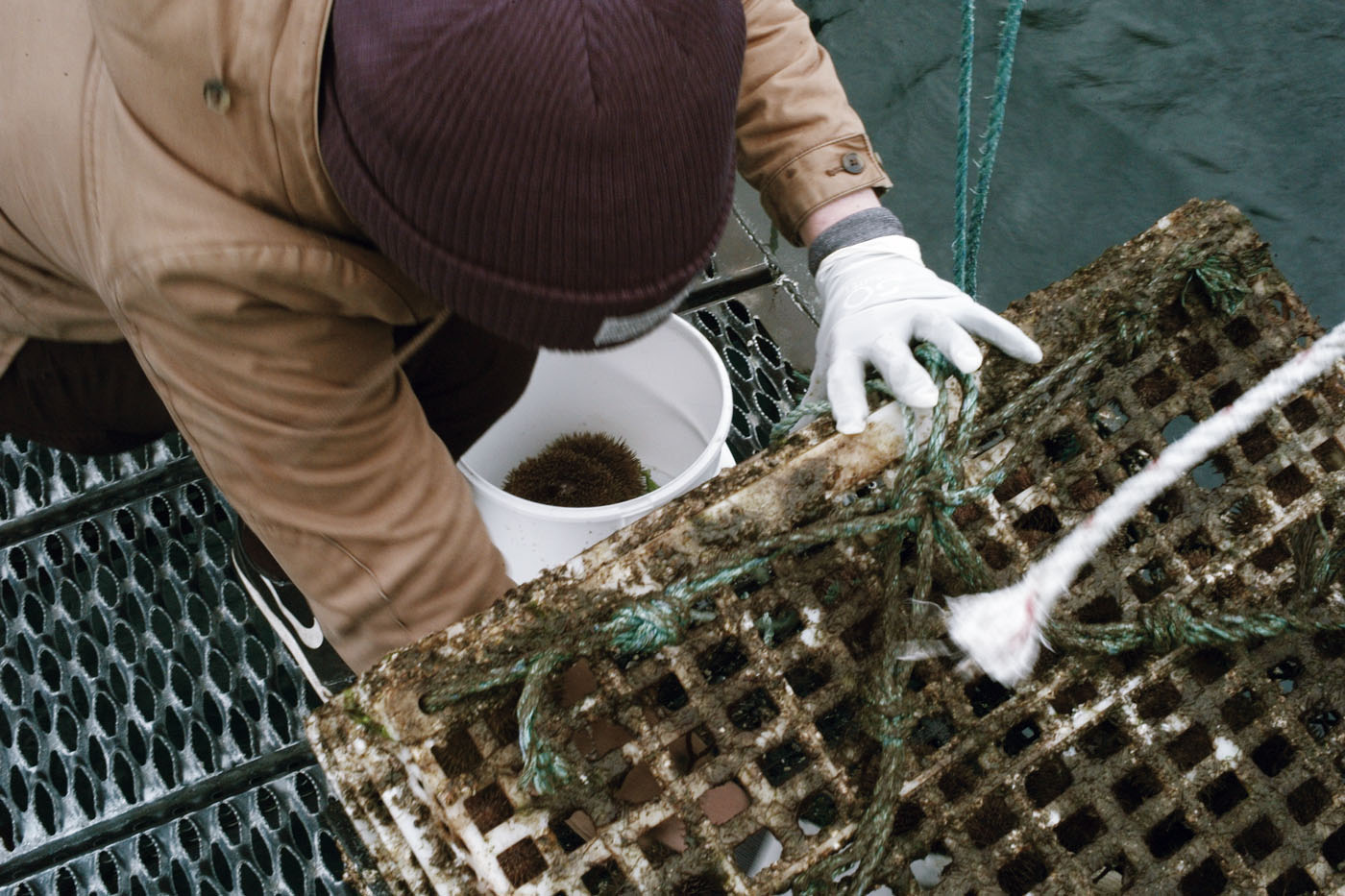
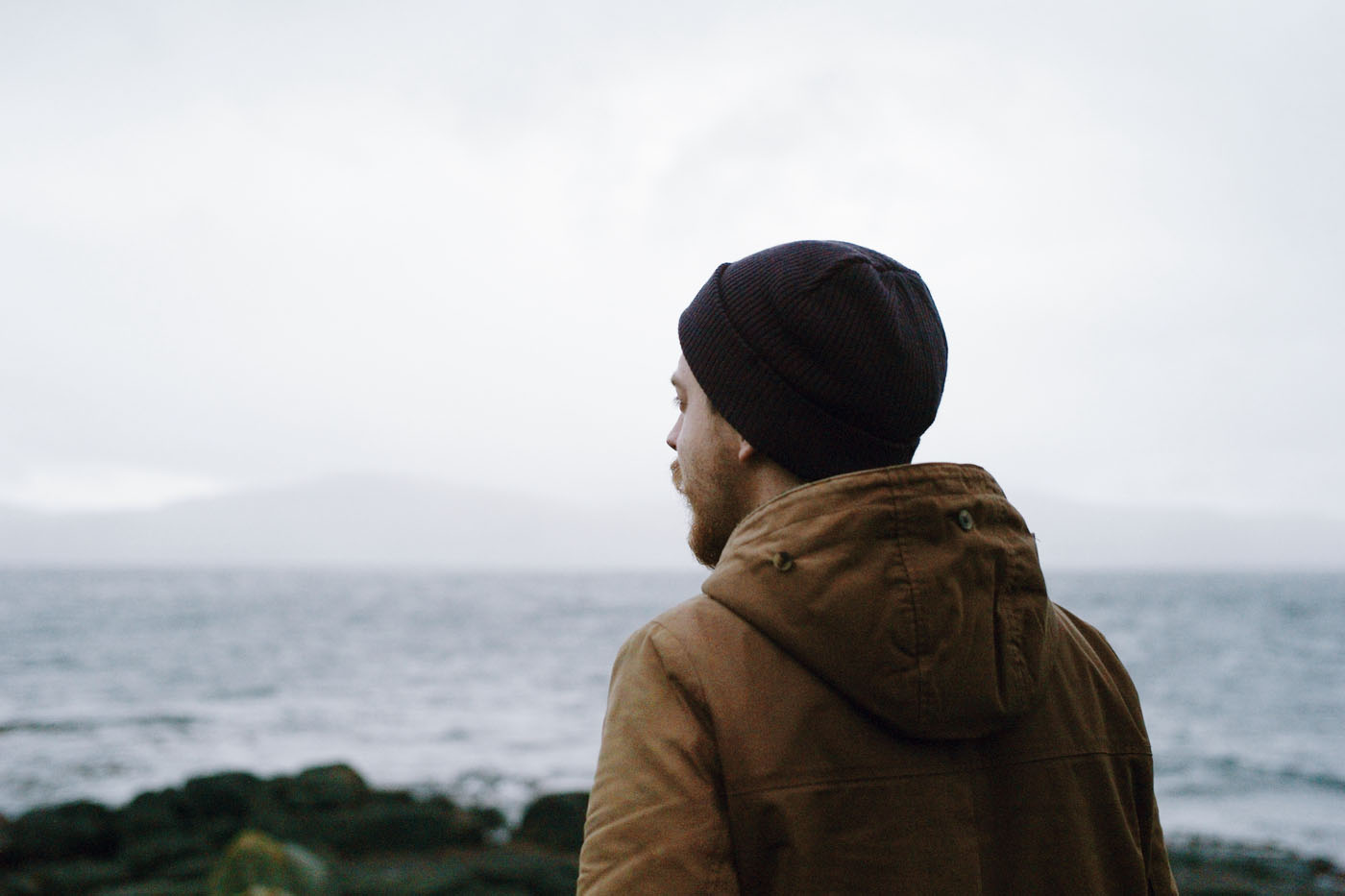





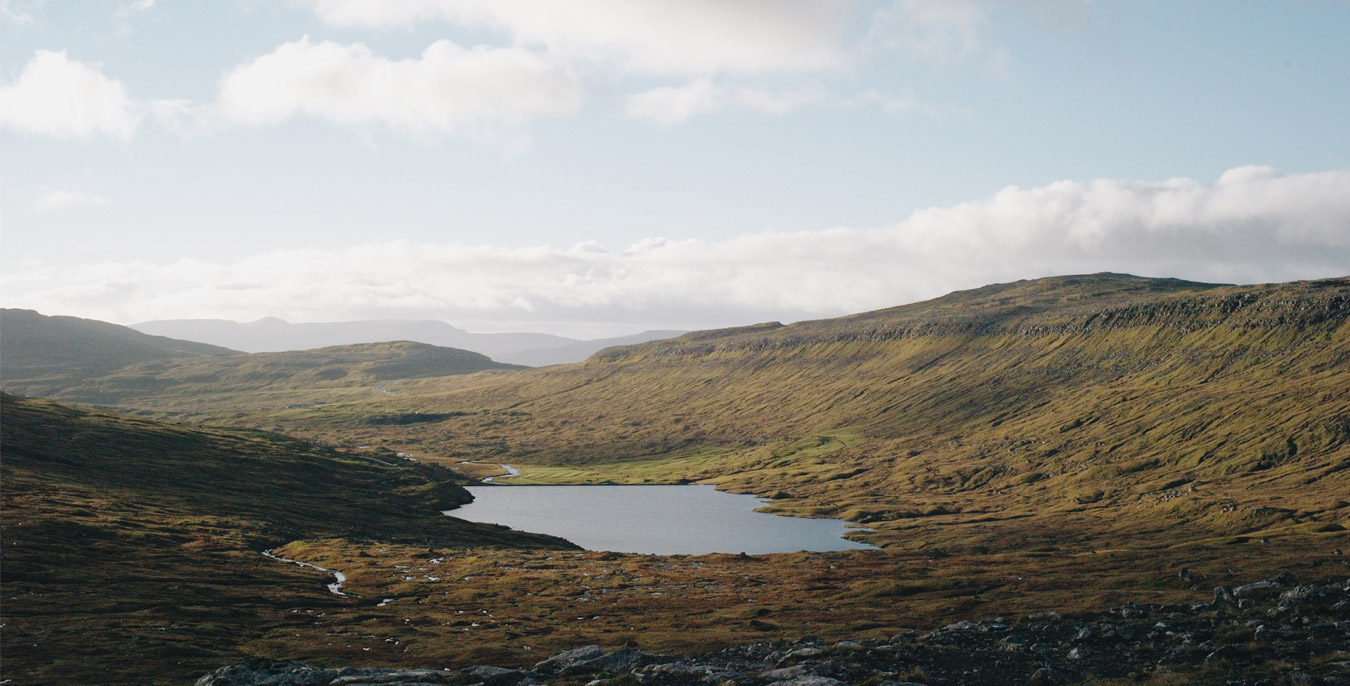

Our comments section is for members only.
Join today to gain exclusive access.